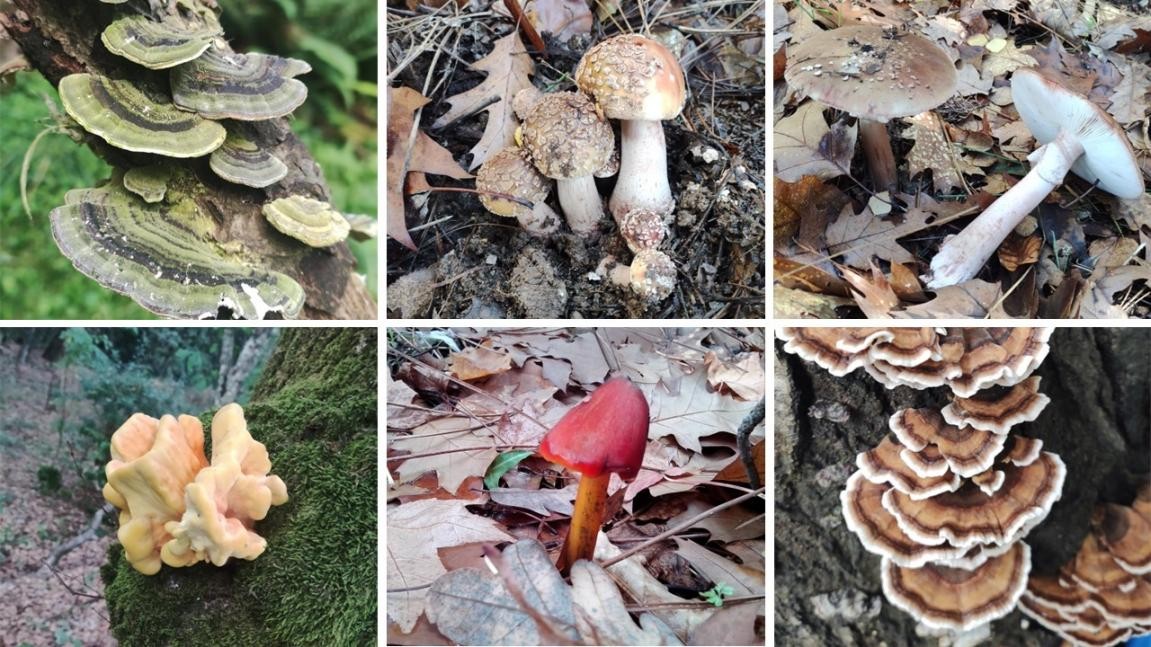Silent Killers: Insights from Animal Cases of Mushroom Poisoning
DOI:
https://doi.org/10.70737/w8xt0m35Keywords:
intoxication; mushroom; toxic; animals; dogs; cat; farm animal; pathology; toxicologyAbstract
Mushroom intoxication in animals is a significant but often overlooked issue in veterinary toxicology. Mushrooms, a diverse group of fungi, include many species that produce potent toxins capable of causing severe animal morbidity and mortality. Toxic mushrooms, such as species within the genera Amanita, Cortinarius, and Galerina, produce secondary metabolites like amatoxins, muscarine, and psilocybin. This review focuses on the types of toxic mushrooms, their toxic compounds, the mechanisms of toxicity, and documented cases in domestic and wild animals. A total of 34 papers were included in this review with cases reported from 1979 to 2020. A total of 309 cases were included in this review, 71.5% in dogs, 4.2% in cats and 24.3% in other animals. Most of the animal’s recovery, and the common fungi associated with intoxication was Amanitta spp. Pet owners and livestock managers should regularly inspect their environments for toxic mushrooms, particularly during damp and humid conditions when fungi proliferate. In the future, public education campaigns can increase awareness about the risks posed by toxic mushrooms and promote early intervention in suspected poisoning cases and provide more detailed descriptions of the cases.

